Grand-Place
The Grand-Place (French: [ɡʁɑ̃ plas]; "Grand Square"; also used in English) or Grote Markt (Dutch: [ˌɣroːtə ˈmɑr(ə)kt] ; "Big Market") is the central square of Brussels, Belgium. It is surrounded by opulent Baroque guildhalls of the former Guilds of Brussels and two larger edifices; the city's Flamboyant Town Hall, and the neo-Gothic King's House or Bread House building, containing the Brussels City Museum. The square measures 68 by 110 metres (223 by 361 ft) and is entirely paved.
The Grand-Place's construction began in the 11th century and was largely complete by the 17th. In...Read more
The Grand-Place (French: [ɡʁɑ̃ plas]; "Grand Square"; also used in English) or Grote Markt (Dutch: [ˌɣroːtə ˈmɑr(ə)kt] ; "Big Market") is the central square of Brussels, Belgium. It is surrounded by opulent Baroque guildhalls of the former Guilds of Brussels and two larger edifices; the city's Flamboyant Town Hall, and the neo-Gothic King's House or Bread House building, containing the Brussels City Museum. The square measures 68 by 110 metres (223 by 361 ft) and is entirely paved.
The Grand-Place's construction began in the 11th century and was largely complete by the 17th. In 1695, during the Nine Years' War, most of the square was destroyed during the bombardment of Brussels by French troops. Only the facade and the tower of the Town Hall, which served as a target for the artillery, and some stone walls resisted the incendiary balls. The houses that surrounded the Grand-Place were rebuilt during subsequent years, giving the square its current appearance, though they were frequently modified in the following centuries. From the mid-19th century, the square's heritage value was rediscovered, and it was thoroughly renovated.
Nowadays, the Grand-Place is the most important tourist destination and most memorable landmark in Brussels. It is also considered one of the world's most beautiful squares, and has been a UNESCO World Heritage Site since 1998. The square frequently hosts festive and cultural events, among them, in August of every even year, the installation of an immense flower carpet in its centre. It is also a centre of annual celebrations during the Christmas and New Year period, and a Christmas tree has been erected annually on the square since the mid-20th century.
This site is served by the premetro (underground tram) station Bourse/Beurs (on lines 3 and 4), as well as the bus stop Grand-Place/Grote Markt (on line 95).
 Schematic map of medieval Brussels; north is roughly below.
Schematic map of medieval Brussels; north is roughly below.The Bread House (Marché au pain) lies along the Causeway (Steenwegh) near the Church of St. Nicholas and the Town Hall (Hôtel de Ville).[1]
In the 10th century, Charles, Duke of Lower Lorraine, constructed a fort on Saint-Géry Island, the furthest inland point at which the river Senne was still navigable. The installation of a fort at this point marks the origin of what would become Brussels. By the end of the 11th century, an open-air marketplace was set up on a dried-up marsh near the fort that was surrounded by sandbanks.[2][3] A document from 1174 mentions this lower market (Latin: forum inferius) not far from the port (Latin: portus) on the Senne.[3] It was called the Nedermerckt (meaning "Lower Market" in Old Dutch)[2] and likely grew around the same time as Brussels' commercial development.[3] It was also well situated near the Church of St. Nicholas and along the Causeway (Old Dutch: Steenwegh),[1] an important trade route between the prosperous regions of the Rhineland (in modern-day Germany) and the County of Flanders.[4]
At the beginning of the 13th century, three covered markets were built on the northern edge of the Grand-Place; a meat market, a bread market, and a cloth market.[2][3] These buildings, which belonged to the Duke of Brabant,[3] allowed the wares to be showcased even in bad weather, but also allowed the Dukes to keep track of the storage and sale of goods, in order to collect taxes. Other buildings, largely constructed of thatch and timber, with some made of stone (Old Dutch: steenen), enclosed the Grand-Place.[2][3][5][6] Although none of these steenen remain, their names live on in nearby streets, such as the Plattesteen, the Cantersteen, or the Rue des Pierres/Steenstraat.[5][7] In the middle of the market square stood a primitive public fountain. In 1302, it was replaced by a large stone fountain with eight water jets and eight basins, directly in front of the bread market.[8][9]
Rise in importanceImprovements to the Grand-Place from the 14th century onwards would mark the rise in importance of local merchants and tradesmen relative to the nobility. As he was short on money, the Duke gradually transferred parts of his control rights over trade and mills to the local authorities, prompting them to build edifices worthy of their new status.[10] In 1353, the City of Brussels ordered the construction of a large indoor cloth market (French: Halle au Drap), similar to those of the neighbouring cities of Mechelen and Leuven, to the south of the square.[2][11][9][a] At this point, the Grand-Place was still haphazardly laid out, and the buildings along the edges had a motley tangle of gardens and irregular additions.[13] The city expropriated and demolished a number of buildings that clogged the square, and formally defined its edges.[2][11][9]
 A market scene on the Grand-Place, c. 1670
A market scene on the Grand-Place, c. 1670Brussels' Town Hall was erected in stages, between 1401 and 1455, on the south side of the Grand-Place, transforming the square into the seat of municipal power.[14] The Town Hall's spire towers some 96 metres (315 ft) high, and is capped by a 2.7 metres (8.9 ft)[b] statue of Saint Michael slaying a demon or devil.[11][9] To counter this, from 1504 to 1536, the Duke of Brabant ordered the construction of a large Flamboyant edifice across from the city hall to house his administrative services.[13] It was erected on the site of the first cloth and bread markets, which were no longer in use, and it became known first as the Duke's House (Middle Dutch: 's Hertogenhuys), then as the King's House (Middle Dutch: 's Conincxhuys), although no king has ever lived there. It is currently known as the Maison du Roi ("King's House") in French, but in Dutch, it continues to be called the Broodhuis ("Bread House"), after the market whose place it took.[15] Over time, wealthy merchants and the increasingly powerful Guilds of Brussels built houses around the square.[2][16]
The Grand-Place witnessed many tragic events unfold during its history. In 1523, the first Protestant martyrs Jan van Essen and Hendrik Vos were burned by the Inquisition on the square. Forty years later, in 1568, two statesmen, Lamoral, Count of Egmont and Philip de Montmorency, Count of Horn, who had spoken out against the policies of King Philip II in the Spanish Netherlands, were beheaded in front of the King's House.[17][18][19][20] This triggered the beginning of the armed revolt against Spanish rule, of which William of Orange took the lead. In 1719, it was the turn of François Anneessens, dean of the Nation of St. Christopher, who was beheaded on the Grand-Place because of his resistance to innovations in city government detrimental to the power of the guilds and for his suspected involvement with uprisings within the Austrian Netherlands.[21][22]
Destruction and rebuilding

On 13 August 1695, during the Nine Years' War, a 70,000-strong French army under Marshal François de Neufville, duc de Villeroy, began a bombardment of Brussels in an effort to draw the League of Augsburg's forces away from their siege on French-held Namur in what is now Wallonia. The French launched a massive bombardment of the mostly defenceless city centre with cannons and mortars, setting it on fire and flattening the majority of the Grand-Place and the surrounding city. Only the stone shell of the Town Hall and a few fragments of other buildings remained standing.[2][25] That the Town Hall survived at all is ironic, as it was the principal target of the artillery fire.[26]
After the bombardment, the Grand-Place was swiftly rebuilt in the following four years by the city's guilds and other owners.[2][27] Their efforts were regulated by the city's councillors and the Governor of Brussels, who required that their plans be submitted to the authorities for approval,[28] and fines were threatened against those who did not comply.[27][10] In addition, the alignments of the buildings were once again improved.[27][29] This helped deliver a remarkably harmonious layout for the rebuilt square, despite the ostensibly clashing combination of Gothic, Baroque and Louis XIV style.[26][2][27]
During the following two centuries, the Grand-Place underwent significant damage. In the late 18th century, French revolutionaries known as the sans-culottes sacked it, destroying statues of the nobility and symbols of Christianity.[30][31][32] The guilds declined in importance in conjunction with the growing obsolescence of this form of economic organisation and the rise of proto-capitalism. They were abolished in 1795, under the French regime,[10] and the guildhalls' furniture and archives were seized by the state and sold at public auction on the square in 1796.[33] The remaining buildings were neglected and left in poor condition, with their facades painted, stuccoed and damaged by pollution.[30][32] The square itself was proclaimed "Square of the People" by a decree of the 30 Ventôse An IV (1795) and a "Liberty tree" was planted on that occasion. At the first hours of Belgian Independence, in 1830, skirmishes occurred on the Grand-Place,[34] which became, for an extremely short time, the "Square of Regency".[13]
By the late 19th century, a sensitivity arose about the heritage value of the buildings – the turning point was the demolition of the L'Étoile (Dutch: De Sterre) guildhall in 1853 to widen the street on the left of the Town Hall in order to allow the passage of a horse-drawn tramway.[32][35] Under the impulse of the city's then-mayor, Charles Buls, the authorities had the Grand-Place returned to its former splendour, with buildings restored or reconstructed.[36][37][38][39] In 1856, a monumental fountain commemorating the twenty-fifth anniversary of the reign of King Leopold I was installed in the centre of the square.[40] It was replaced in 1864 by a fountain surmounted by statues of the Counts of Egmont and Horn, which was erected in front of the King's House and later moved to the Square du Petit Sablon/Kleine Zavelsquare.[8][41] Thirty years later, during the Belle Époque, a bandstand was raised in its place.[8][42]
The Grand-Place attracted many famous visitors during that period, among them Victor Hugo, who resided in the Le Pigeon (Dutch: De Duif) guildhall in 1852,[43] as well as Charles Baudelaire, who gave two conferences at the King's House in the 1860s.[44] In 1885, the Belgian Workers' Party (POB/BWP), the first socialist party in Belgium, was founded during a meeting at the Grand-Place, at the same place where the First International had convened, and where Karl Marx had written The Communist Manifesto in 1848.[45][38]
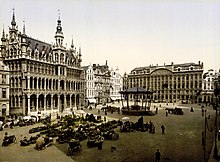 The Grand-Place, c. 1895, with the bandstand in its centre20th and 21st centuries
The Grand-Place, c. 1895, with the bandstand in its centre20th and 21st centuries
At the start of World War I, as refugees flooded Brussels, the Grand-Place was filled with military and civilian casualties.[46] The Town Hall served as a makeshift hospital.[46] On 20 August 1914, at 2 p.m., the occupying German army arrived at the Grand-Place and set up field kitchens.[47][46] The occupiers hoisted a German flag at the left side of the Town Hall.[46]
The Grand-Place continued to serve as a market until 19 November 1959, and it is still called the Grote Markt ("Big Market") in Dutch. Neighbouring streets still reflect the area's origins, named after the sellers of butter, cheese, herring, coal, and so on.[3] During the 1960s, in a low period of appreciation, the square served as a car parking area, but the parking spaces were removed in 1972 following a campaign by citizens. However, car traffic continued to pass through the square until 1990.[48]
In 1979, the Grand-Place was bombed by the Irish Republican Army (IRA). A bomb planted under an open‐air stage where a British Army band was preparing to give a concert injured at least 15 persons, including four bandsmen, and caused extensive damage.[49][50]
In 1990, the Grand-Place was pedestrianised, a first step in the pedestrianisation of central Brussels, and it is currently part of a large pedestrian zone in the centre of Brussels.[51] The City of Brussels had been thinking about pedestrianising the square and its surrounding streets for several years, but a car park nearby prevented the project from materialising. When its licence ran out in September 1990, the city took the opportunity to conduct a pedestrian experiment. For three-and-a-half months, all traffic was to be banned on the Grand-Place, and also on the adjacent streets. After 1 January 1991, they would decide for good.[48]
The Grand-Place was named by UNESCO as a World Heritage Site in 1998.[52] The place is now primarily an important tourist attraction.[53] A number of guildhalls have been converted into shops, terraced restaurants and brasseries.[54] Notable institutions include Godiva chocolatier and Maison Dandoy speculoos confectionery. One of the houses owned by the brewers' guild is home to a brewers' museum. In addition, the Museum of Cocoa and Chocolate (now Choco-Story Brussels) was founded in July 1998 in the De Valck building, at 9–11, rue de la Tête d'or/Guldenhoofdstraat, just off the Grand-Place.[55]
Cite error: There are <ref group=lower-alpha> tags or {{efn}} templates on this page, but the references will not show without a {{reflist|group=lower-alpha}} template or {{notelist}} template (see the help page).
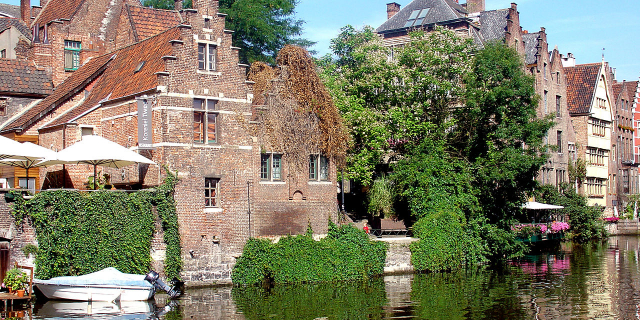




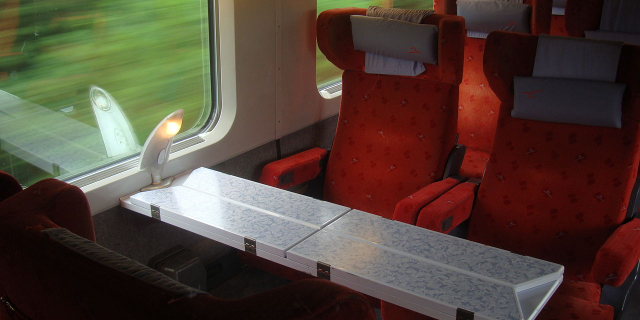


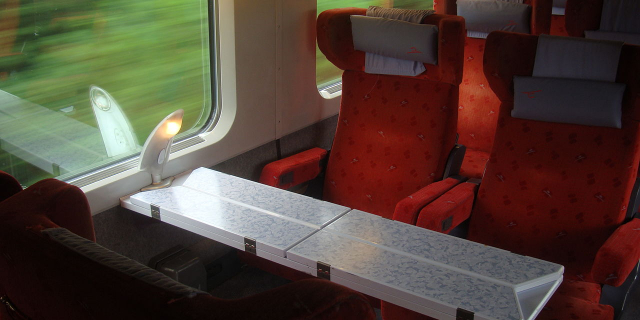


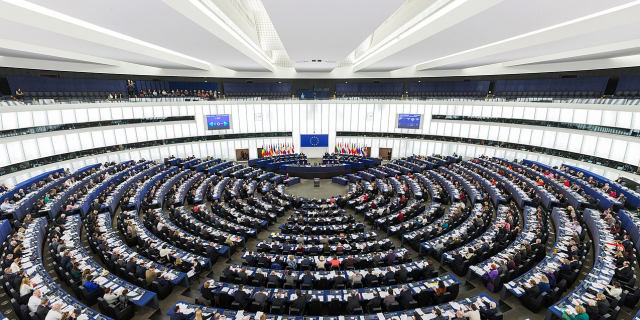



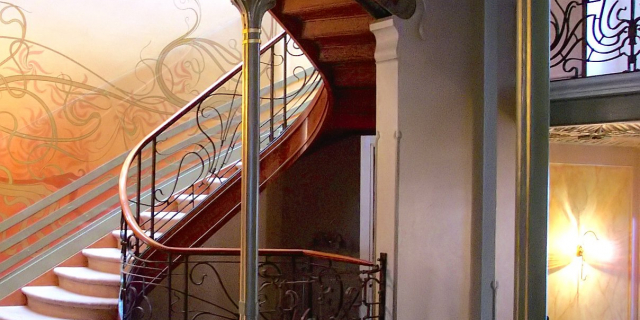


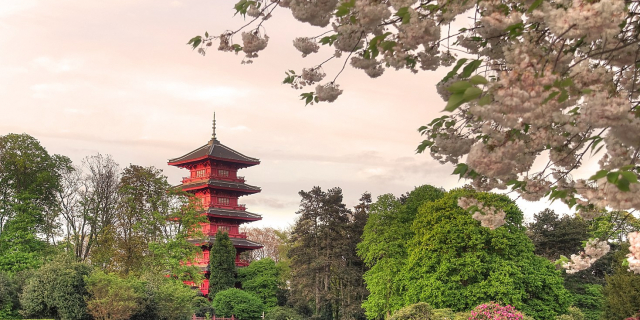



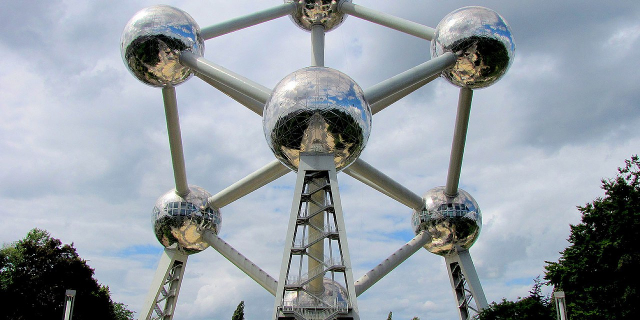



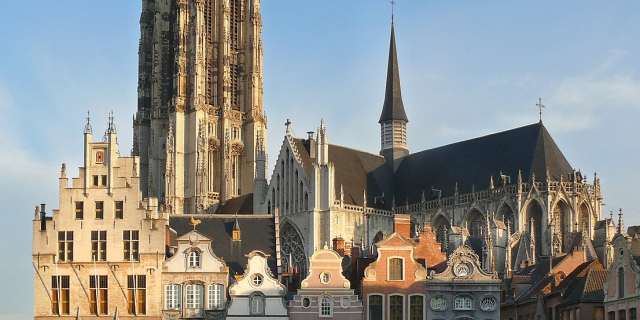

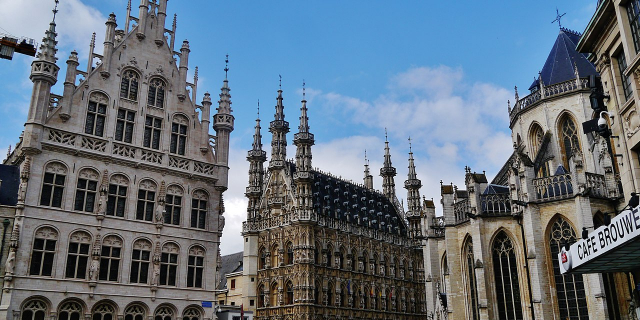
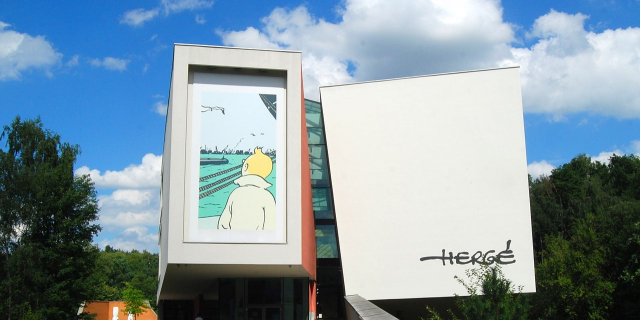


Add new comment